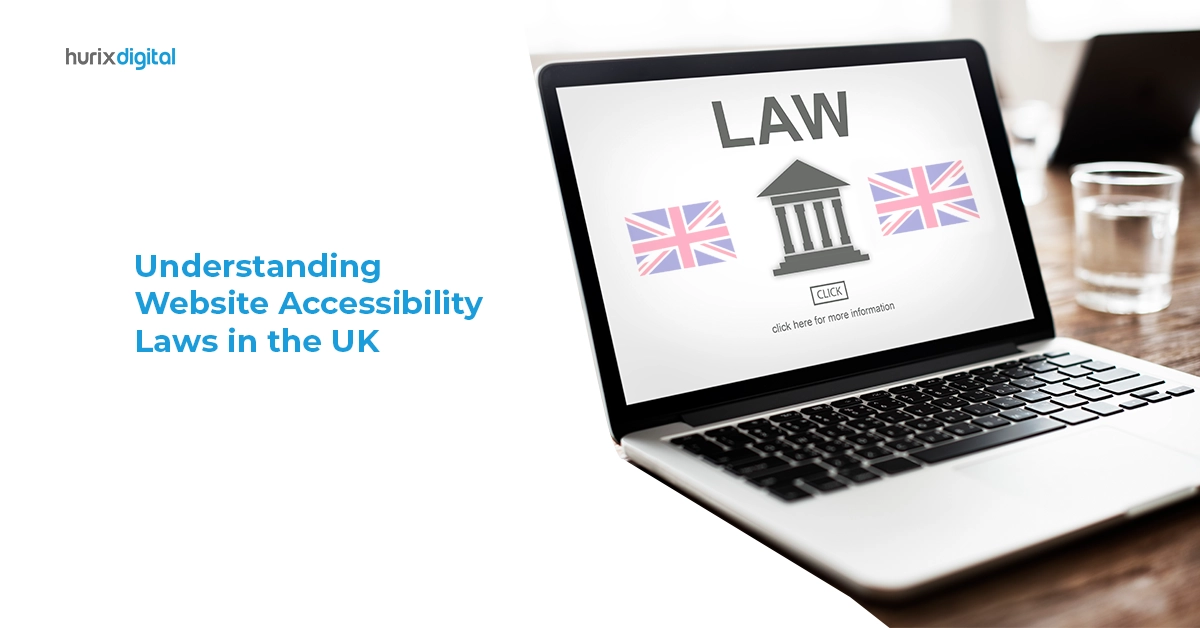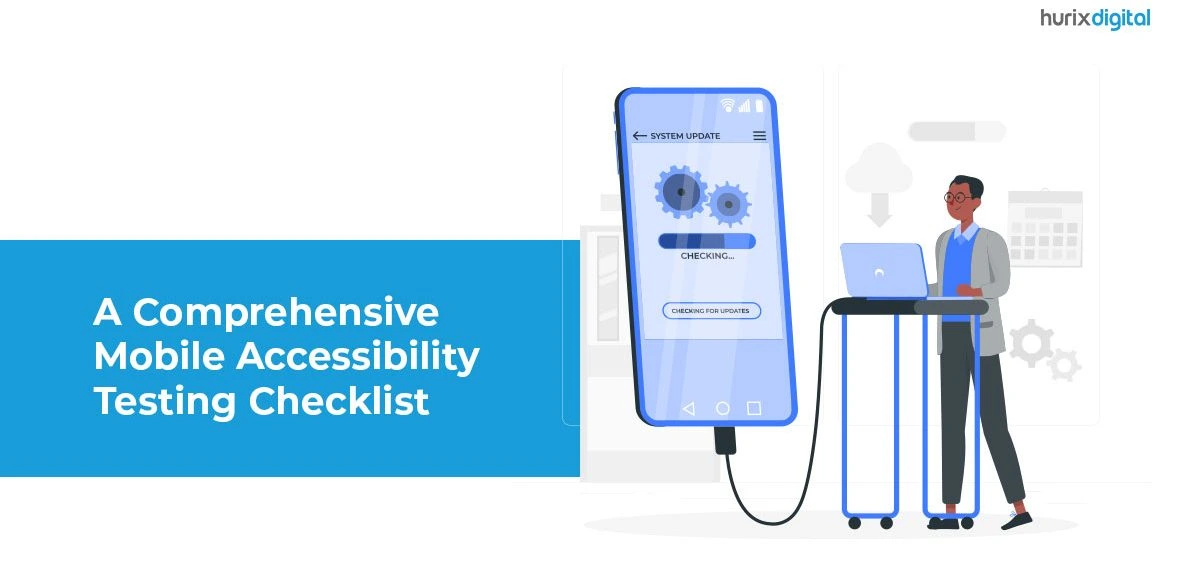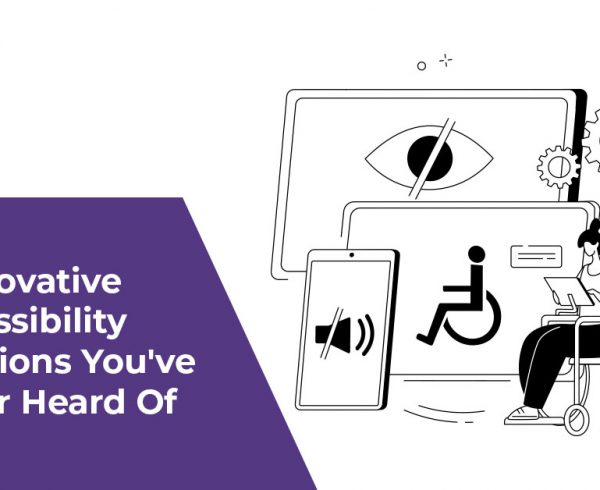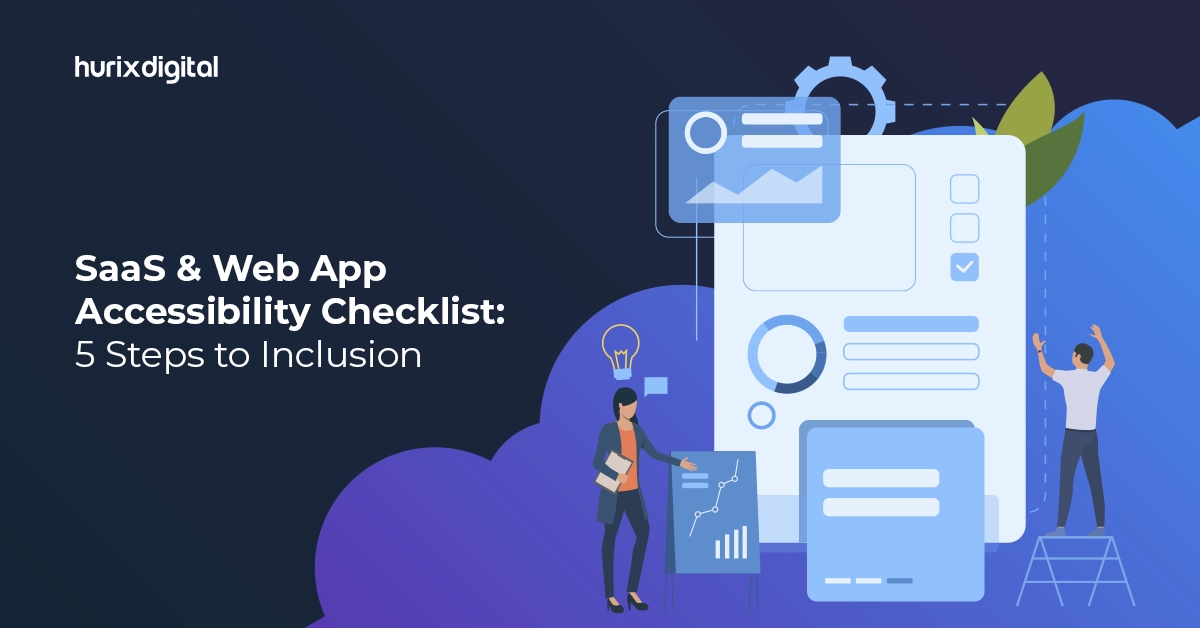Countries across the globe are working consciously towards stringent implementation of website accessibility standards. Some of the well-known web accessibility laws are the European Accessibility Act (EAA) in Europe, the Stance Act 2033 in Italy, the Equal Status Acts 2000 to 2004 in Ireland, the Accessibility for Ontarians with Disabilities Act (AODA) in Canada, and many more.
Similarly, there are two major standards for web accessibility in the UK. The first is the Equality Act of 2010, whereas the second is the Public Sector Bodies (Website and Mobile Applications) Accessibility Regulations of 2018. These accessibility guidelines UK are based on WCAG and its four major principles.
If you want to know more about accessibility in the UK, you are at the right place. This comprehensively curated article will discuss accessibility standards in the UK and its sustainability.
Table of Contents:
- The Equity Act (2010)
- Public Sector Bodies (Website and Mobile Applications) (No. 2) Accessibility Regulations (2018)
- Reporting and Monitoring of Disability Accessibility Standards in the UK
- Website Accessibility Guidelines
- Web Content Accessibility Guidelines (WCAG)
- Wrapping Up
The Equity Act (2010)
The Equity Act of 2010 was implemented to replace other discrimination laws in the legislation. The three anti-discriminatory laws it replaced were the Sex Discrimination Act of 1975, the Race Relations Act of 1976, and the Disability Discrimination Act of 1995.
The unified framework of the Equity Act 2010 took into its ambit all kinds of discrimination in the workplace and wider society. The act was passed during the Brown Ministry and shares the same goals and objectives as the four major EU Equal Treatment Directives.
This European Directive was passed in 2006 with a major focus on equal treatment of men and women under the EU labor law. Although the equity bill was first introduced in 2005 by the Labour Party, it was only passed in 2010 after various rounds of reviews.
Here are all the kinds of discrimination the Equity Act of 2010 applies to:
- Sex
- Race
- Disability
- Age
- Gender reassignment
- Religious beliefs
- Sexual orientation
- Marriage or civil partnership
- Pregnancy, maternity, and paternity
Public Sector Bodies (Website and Mobile Applications) (No. 2) Accessibility Regulations (2018)
The Public Sector Bodies (Website and Mobile Applications) (No. 2) Accessibility Regulations were passed in the UK in 2018 to make all public administrative websites and mobile applications fully accessible for people with disabilities.
However, the rules presented under this law apply to all kinds of content published on the website, with a few exceptions. Mentioned here is the kind of content on which the accessibility regulations do not apply:
- Official records published before 23 September 2018
- Live time-based media
- Navigation purposes: Online maps
- Third-party content not associated with the public sector
- Content of extranets and intranets published before 23 September 2019
- Archival content
Also Read: All You Need to Know to Ensure Web Accessibility
Reporting and Monitoring of Disability Accessibility Standards in the UK
It is mandatory for the Minister for the Cabinet Office to regularly monitor and review the accessibility standards followed by all public sector websites and applications. Every three years, the Minister for the Cabinet Office is expected to submit a comprehensive review report to the European Commission on the result of the monitoring.
The Cabinet Office follows a strict monitoring methodology to ensure all the accessibility standards are followed properly. There are three main elements of the monitoring methodology, they are:
- Quantified results of the monitoring activity
- Quantitative information about the website and application tested
- Quantitative information about the level of accessibility
Website Accessibility Guidelines
Like the accessibility guidelines and laws of other countries, accessibility and inclusion laws in the UK are based on the Web Content Accessibility Guidelines (WCAG) published by the World Wide Web Consortium (W3C). While the public sector must follow the web accessibility guidelines in the UK diligently, the private sector is under no legal obligation to follow the W3C recommendations.
However, it is still recommended for private sectors to make their webpages and mobile applications highly accessible as there are 16 million disabled people in the UK, out of which approximately 11% are children.
Ignoring accessibility barriers prevents differently abled individuals from accessing personal, professional, and academic opportunistic revenues.
Also Read: Everything You Need to Know About the EU Web Accessibility Directive
Web Content Accessibility Guidelines (WCAG)
The Web Content Accessibility Guidelines, commonly called WCAG, can be understood as a set of comprehensive global standards that meet the accessibility needs of disabled people.
The WCAG testing tools and WCAG accessibility testing procedures are highly robust and promise individuals a smooth user experience.
1. Versions of WCAG
The first version of WCAG was published on 5 May 1999, kn5 Mays WCAG 1. Since then, the versions have been revised twice based on feedback from the accessibility experts and users. Version 2.0 was published on 11 December 2008, followed by version 2.1 on 5 June 2018.
C5 Junely, all European Accessibility Act UK follow the WCAG 2.1 version.
WCAG 2.2 was finalized in August 2023 and will be released soon. WCAG 2.2 guidelines will then replace the WCAG 2.1 guidelines.
The revised guidelines will then enhance the user experience to a greater extent through features like keyboard focus, focus indicator, dragging movements, etc.
2. Levels of WCAG
There are three levels of WCAG, which indicate the degree of accessibility. Commonly, all countries and their accessibility guidelines conform with Level AA. The Disability Act in the UK also conforms to Level AA.
- Level A
This is the minimum level of accessibility compliance and does the bare minimum for providing disabled users with an inclusive experience. Some of its basic features are keyboard navigation, large font size, clear & concise content, etc.
- Level AA
This is the middle and the most recommended level of conformity. It promises users a slightly more inclusive experience and friendly interface.
The common features of Level AA are captions for all multimedia files, aligned background color and contrast, consistent layout, text-to-speech, and more.
- Level AAA
Level AAA is the highest level of conformity and promises users a fully inclusive user experience. However, this level of advanced technological proficiency and skillful web development strategies for implementation.
Wrapping Up
It is safe to say that you know all the crucial elements of accessibility in the UK. With the rapid and continual advancement in the digital landscape, it has become important for the UK and other countries to adopt website accessibility standards consciously.
If you want to learn more about accessibility laws or want to adopt them for your web platform, you can visit us at Hurix Digital. We can fulfill all your accessibility requirements with our advanced accessibility services and technological tools.
We also provide various digital services like robotic process automation, learning technology services, custom software development, and more. We have a trusted client base globally, and you can be our next customer.
So why wait? Get in touch with our expert team now and get started today!











